Your Closet Is a Memory Palace
Your closet remembers who you were, and imagines what you might still become.
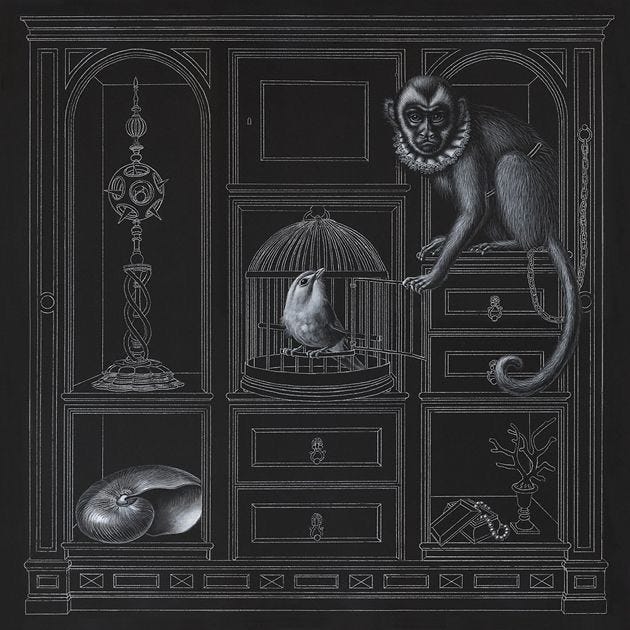
In the 5th century BCE, the poet Simonides of Ceos was reciting verses at a grand banquet. Needing the revival of fresh air, he stepped outside for barely a moment; no sooner than he was beyond the perimeter, the roof caved in. The hall collapsed, pulverizing the stone and timber and crushing everyone inside. When the bodies were pulled from the wreckage, they were unrecognizable, to everyone but Simonides.
While he couldn’t tell who they were by their mere faces, he realized that everyone was arranged in the same location they were when he had left moments earlier. Closing his eyes, he walked back into the ruined room in his mind. He saw the long table, the goblets, he heard the voices of the faces he could no longer see. He remembered precisely where each guest had been seated, and because of this, Simonides was able to name the dead. His vision gave order to the despair, and from this act, a method was born.
If memory could be used to map individuals, their locations, inside something as grand as a banquet, then memory could be trained to map anything.
The memory palace was not merely a trick of recall, it was a revelation of the human mind: Memory could become a home we entered, again and again. Our thoughts could be laid in stone, we ourselves could be the architects of the details that preserve our lives.
While this practice has faded, it works with remarkable precision. The logic has remained in the forefront of our lives, as we arrange our lives spatially, categorizing ourselves into neat pockets of time and space.
Our wardrobe is the closest thing most of us have to a memory palace.
Our lair of forgotten selves, future selves, wistful, past, present and future ideations. Each garment holds a time, a role, a version of ourself. To handle a piece of clothing is to be shot back in time to the moment it belongs to. We cling to these moments, as lovingly as silk on skin.
Your closet is not storage. It is a palace, an archive of selves, a labyrinth of memory, and the foundation upon which you build the self you are still becoming.

The Archive of Selves
Open your closet and you won’t see fabric, you’ll become lost in an archive. Each piece you own, you hold on to, is a record of who you were, who you hoped to be, nestled alongside the person you never ended up becoming.
A wardrobe is not a collection of pieces, then, but a collection of selves. Past, present, future potentials, all coexisting together, at once. Here, time twists and bends, refusing the conventional idea that it must be linear. It jumps from pockets and giggles inside our collars, it sits inside our hats and takes naps inside our gloves. The laws of time and space have no authority, here.
Some items are permanent, fixtures in our lives. They stabilize who are we like marble statues, while other pieces are outgrown and obsolete, growing like weeds as they crawl through our closets. To discard them would feel like discarding a piece of ourself, and so while we dont water them, we don’t starve them either, nursing their memory just enough each time we pull them out, to view them one more time.
Closets expand for this very reason, the things we keep are evidence of who we are. An unworn dress is for a life you rehearsed but never lived, a shirt you hesitate to donate is an anchor to a moment youre not ready to release. Your closet is a living museum, the exhibits are alive no matter how often we choose to bring them back into circulation.
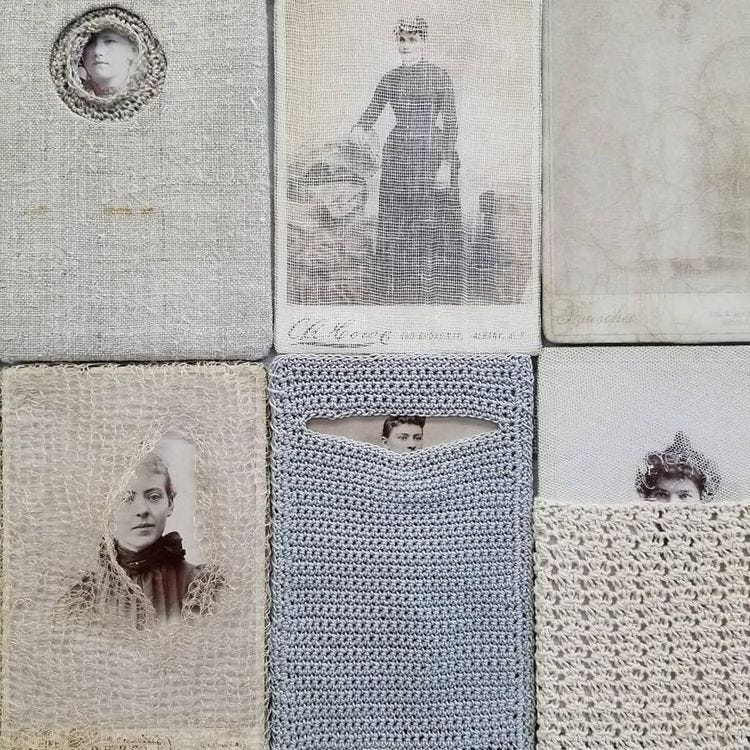
Artifacts of Mind
Mot purchases are not about the garment, at all: they are wagers on possibility.
We buy for the version of ourselves we imagine stepping into, the life we might live, the role we might occupy, the confidence we might suddenly possess. A suit becomes less a garment than a ticket: Perhaps if I own this, I will arrive in the world it belongs to.
Some selves remain unrealized, some worlds never entered. To purchase is to project, to anticipate, to test a hypothesis of the self. Unworn pieces are not failures, acts of poor judgement, but hypothesises that have failed to go from pretense to practice.
What fascinates me is not that we have experimented freely, but that we hesitate to release the items that havent worked. We hold on to them, sometimes even tighter than the items we wear everyday. To part with them is to admit that the imagined version of ourselves is no longer viable, if they are removed, the possibility is gone. So there they remain, in our closets, creating a family of dust bunnies to call their familiars. They are unworn but far from meaningless, they are our ghost selves, the silent archives of who we once believed we would become, and the parts of us we will never be again.
Creating the Memory of Yourself
Each morning, we enter our memory palace. We dress not in clothing, but in an identity, a posture we have rehearsed again and again.
Sometimes we rehearse someone new, which can be intimidating and strange; sometimes we are forced to be someone we once were, which is frustrating and brittle. Some pieces we avoid all together, as the memories associated are too great to be placed back on our body. The shirt we were rejected in, the favorite pair of pants brutally stained by a toppled drink, the suit we once wore, the dress that belongs to a person 4 sizes ago. These are the locked rooms of our palace, the doors we refuse to open, the glass we peer through long enough to remember.
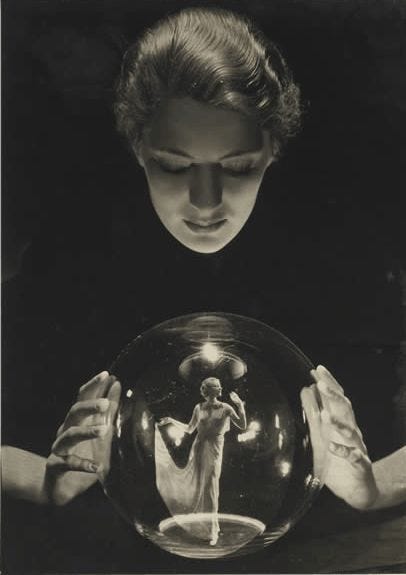
Whenever you put something on, you decide who you will reinforce that day.
Put dramatically, what part of yourself you allow to live on. Our closet functions as an operating system for identity, silently shaping the feedback loop between who you were and who you are becoming. Dressing, then, is not aesthetic decoration, it is a behavioral practice, a daily act of self-authorship.
This is why clothing carries such weight: it is both as archive and prophecy.
It remembers where you have been, but it also whispers where you are willing to go.
To open your closet is to stand at the threshold of past and future, to decide which version of yourself you will preserve, which you will abandon, and which you are ready to summon into being.
The question is never: Does this look good?
The question is always: Who am I becoming, by wearing this again?
With great personal aesthetic,
Alexandra Diana, The A List
The book that inspired this piece: Moonwalking with Einstein: The Art and Science of Remembering Everything
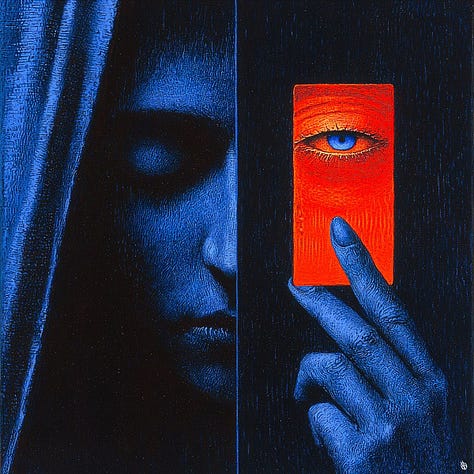
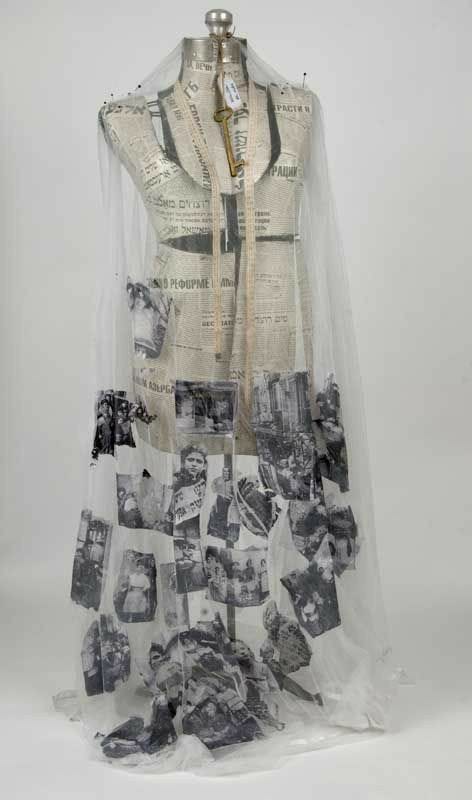
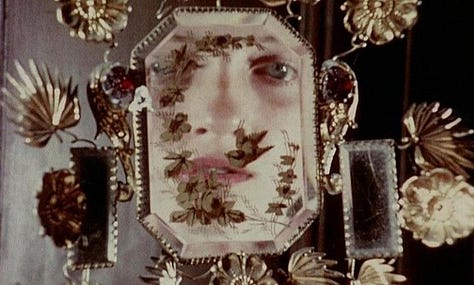
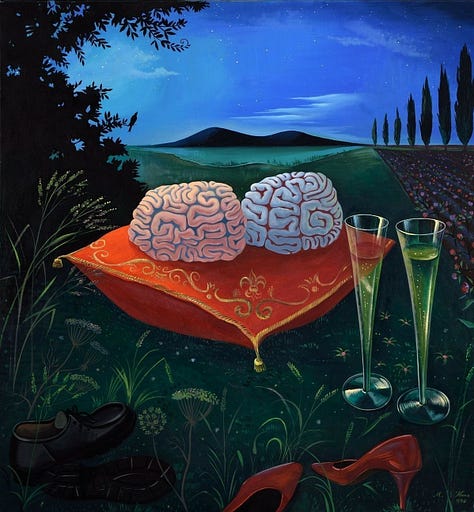
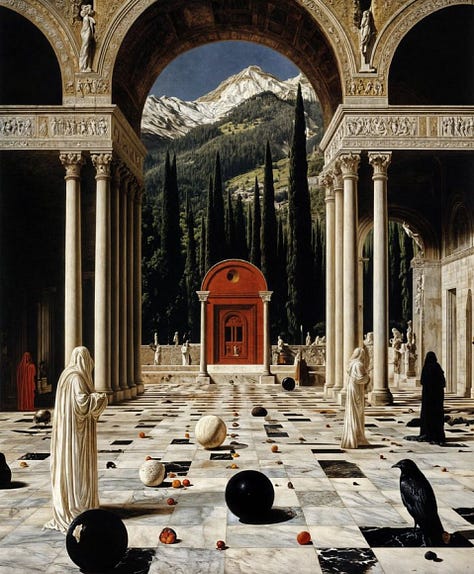
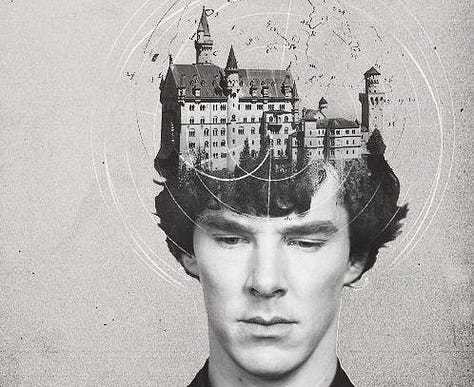
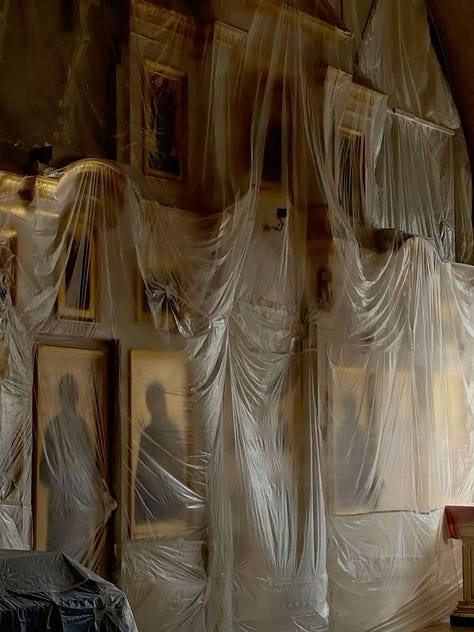

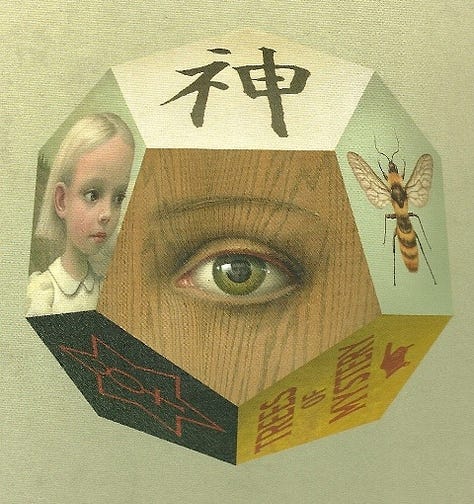



This is very. Very profound.
I recently (very ritualistically) aggressively sold and donated a lot of my past selves and as liberating as it was, I sometimes wonder if I should have just archived some of the pieces. But then, coming back to your point, I very quickly remind myself that I’m not reinforcing that version of myself. No thanks.
Stunning. This idea floats across my mind from time to time, but thank you for this beautiful reminder. When we think about who we were and what we want to become, it makes getting dressed feel more intentional, more dire. I’ll be thinking about this every time I look at my closet and think, “I have nothing to wear!”